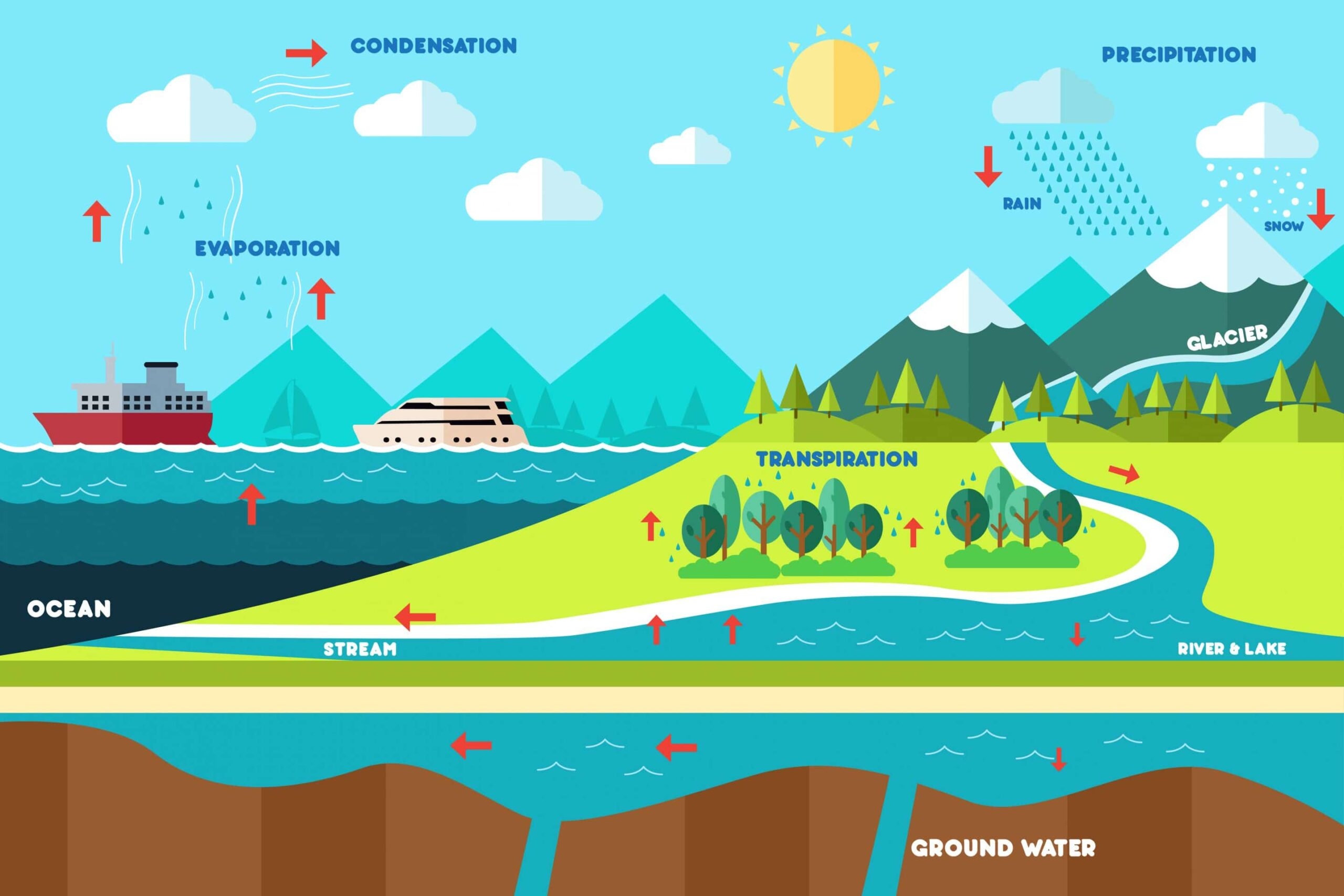Water is essential for life on Earth, and the water cycle plays a crucial role in maintaining the balance of this precious resource. Understanding the water cycle is important for various fields, including agriculture, ecology, and climate science.
By learning the terms associated with the water cycle, we can better comprehend how water moves through the environment, from evaporation to precipitation, and how it impacts our planet.
Terms to Remember Water Cycle
1. Evaporation: The process by which water changes from a liquid to a gas, usually from the surface of bodies of water or moist soil.
2. Condensation: The process by which water vapor in the air cools and changes back into liquid water, forming clouds in the sky.
3. Precipitation: The release of water from clouds in the form of rain, snow, sleet, or hail, which then falls to the Earth’s surface.
4. Runoff: The flow of water over the land surface, eventually reaching rivers, lakes, and oceans, contributing to the water cycle.
5. Infiltration: The process by which water seeps into the soil and replenishes groundwater reserves, sustaining plant life and ecosystems.
Understanding these terms can help us appreciate the interconnectedness of Earth’s water systems and the importance of conserving and managing water resources sustainably.
Conclusion
As we navigate the challenges of climate change and water scarcity, it is crucial to have a solid understanding of the water cycle and its key terms. By educating ourselves and others about the water cycle, we can work towards preserving this vital resource for future generations.
